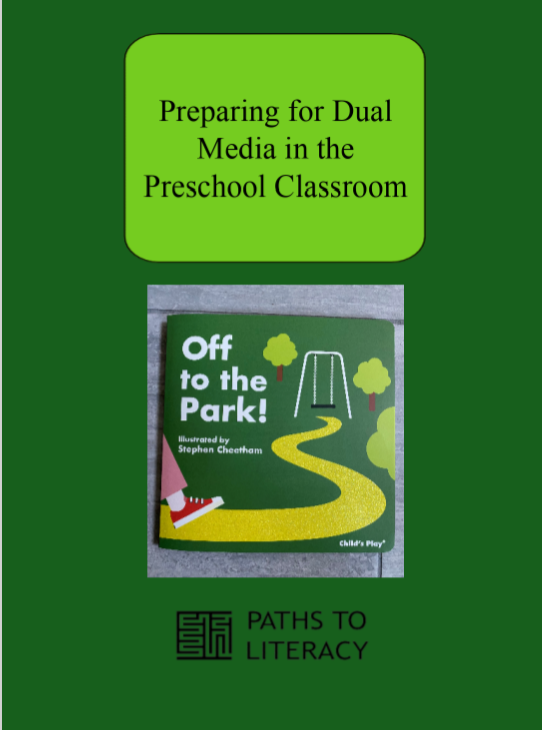Preparing for Dual Media in the Preschool Classroom
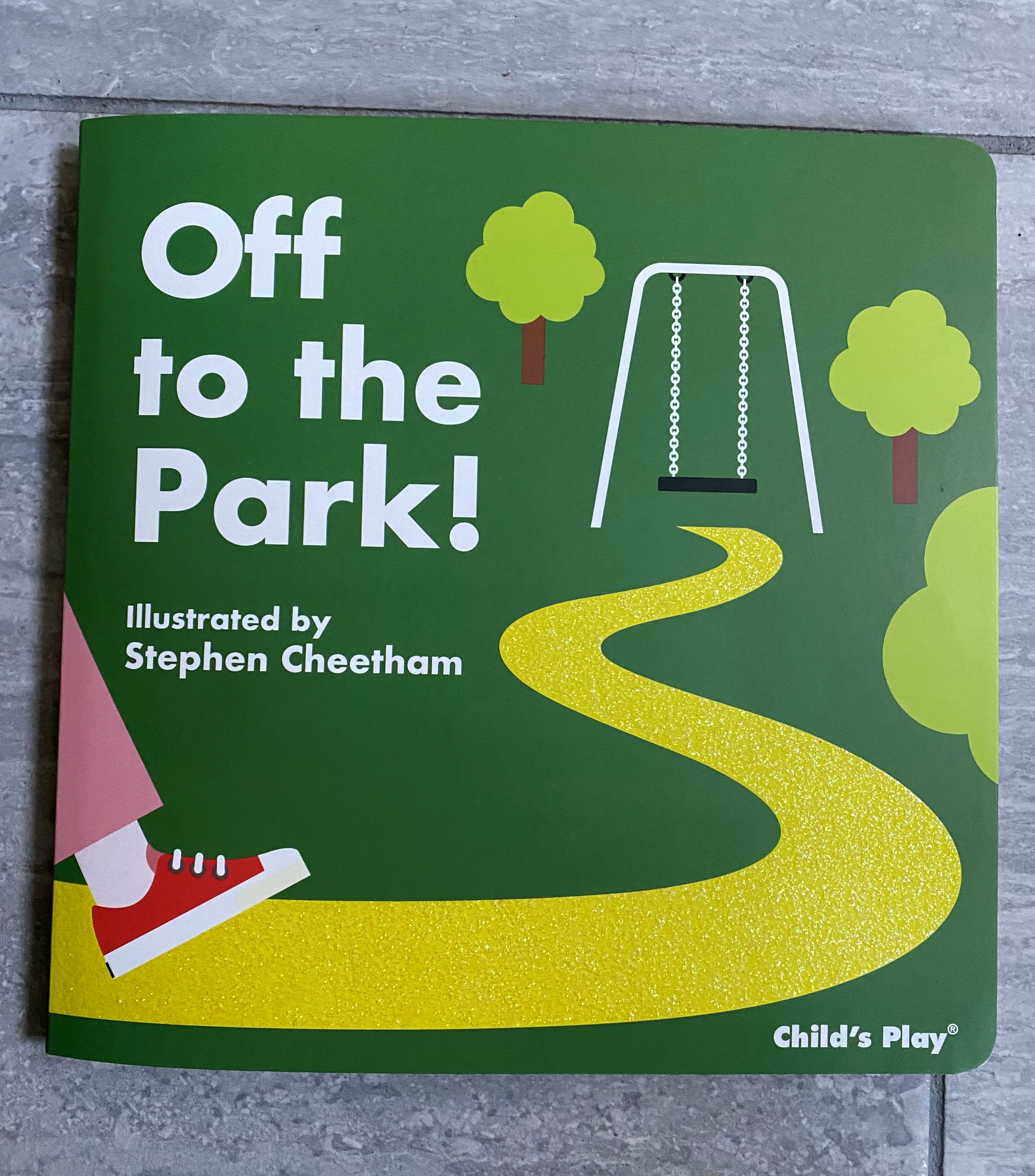
- Large print
- Plain style font
- High contrast colors
- Reduced visual complexity
- Include braille or braille can be added (student specific) by the TVI
- Texture components must be related to the content of the image
- Texture must be unique throughout the book
- Model print-braille orientation
- Point to print-braille across the page
- Tactile explore
- Page turning/page numbers
- Making predictions and text-to-self connections
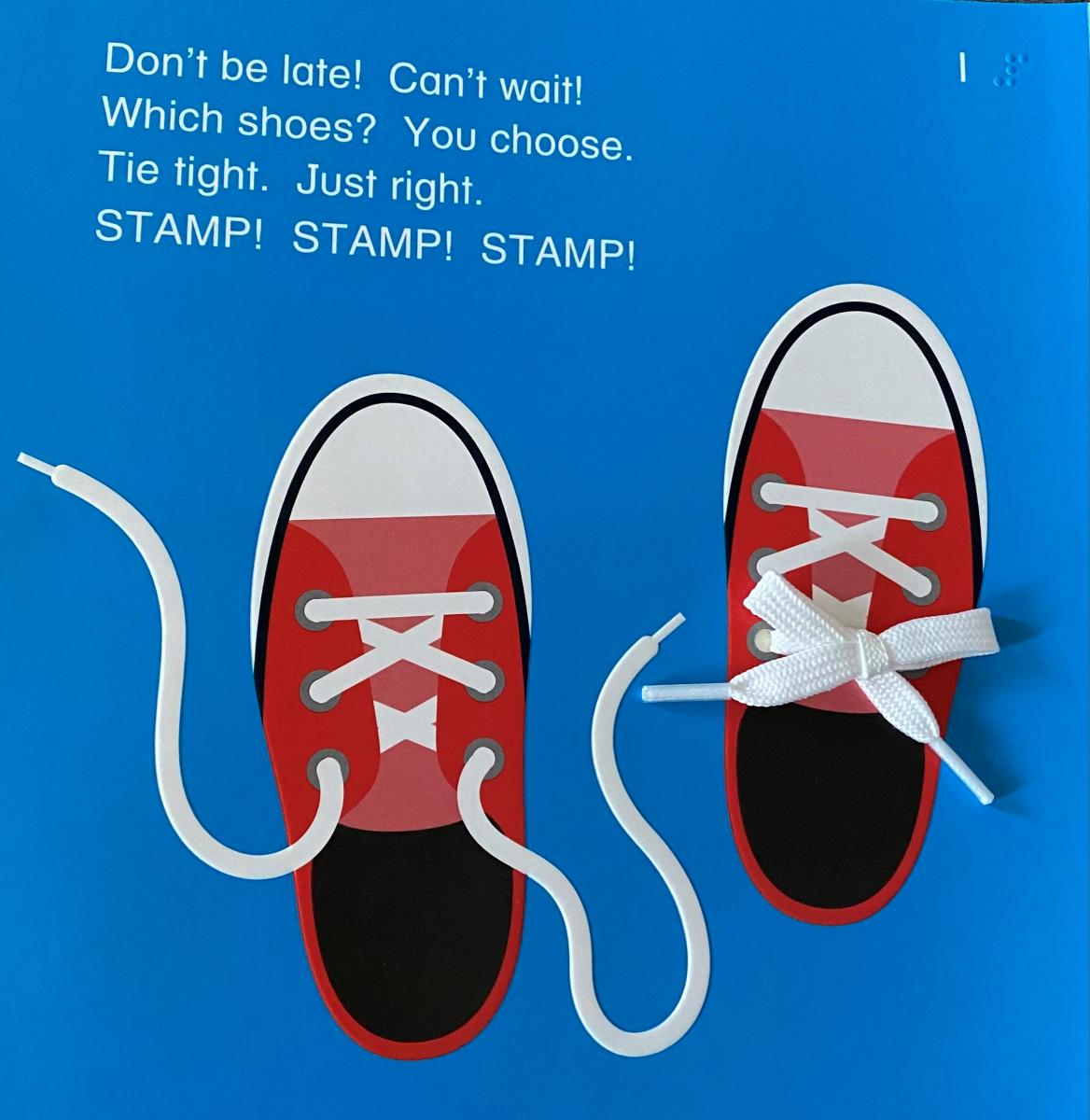
Page 1, Lace-up Shoes:
Tactile picture of lace up tennis shoes. Every time we read the book, we include a conversation about our shoes, “I don’t have laces on my shoes today. Do you have laces on your shoes?”
Page 2, Truncated Domes:
Truncated domes are not something frequently found around this rural school building but could be found in an urban or suburban school setting. O&M: The Tactile Town from APH is included in one of the preschool play centers, and I have included this in my lessons with this book to build conceptual development of stop-light and traffic. We play a version of the red-light/green-light game when traveling in the hallway.
Page 3, Gate:
If you have a swinging gate nearby, this would be perfect to connect to page 3. This school has a similar half door in the main office. Most preschool students pass through this door occasionally, but I took my student to the office to demonstrate this “gate” concept.
Page 4, Sticks:
Sticks were an easy concept to bring into this lesson and one the student was already familiar with. If not, the TVI could bring in a stick, or better yet…go outside, explore together, and find one as an O&M scavenger hunt!
Page 5, Ball:
This page specifically lends itself to making an inference from the text. Visually, this textured red circle could be almost anything, but the words, “bounce it on the ground” is an obvious reference that the image is a playground ball.
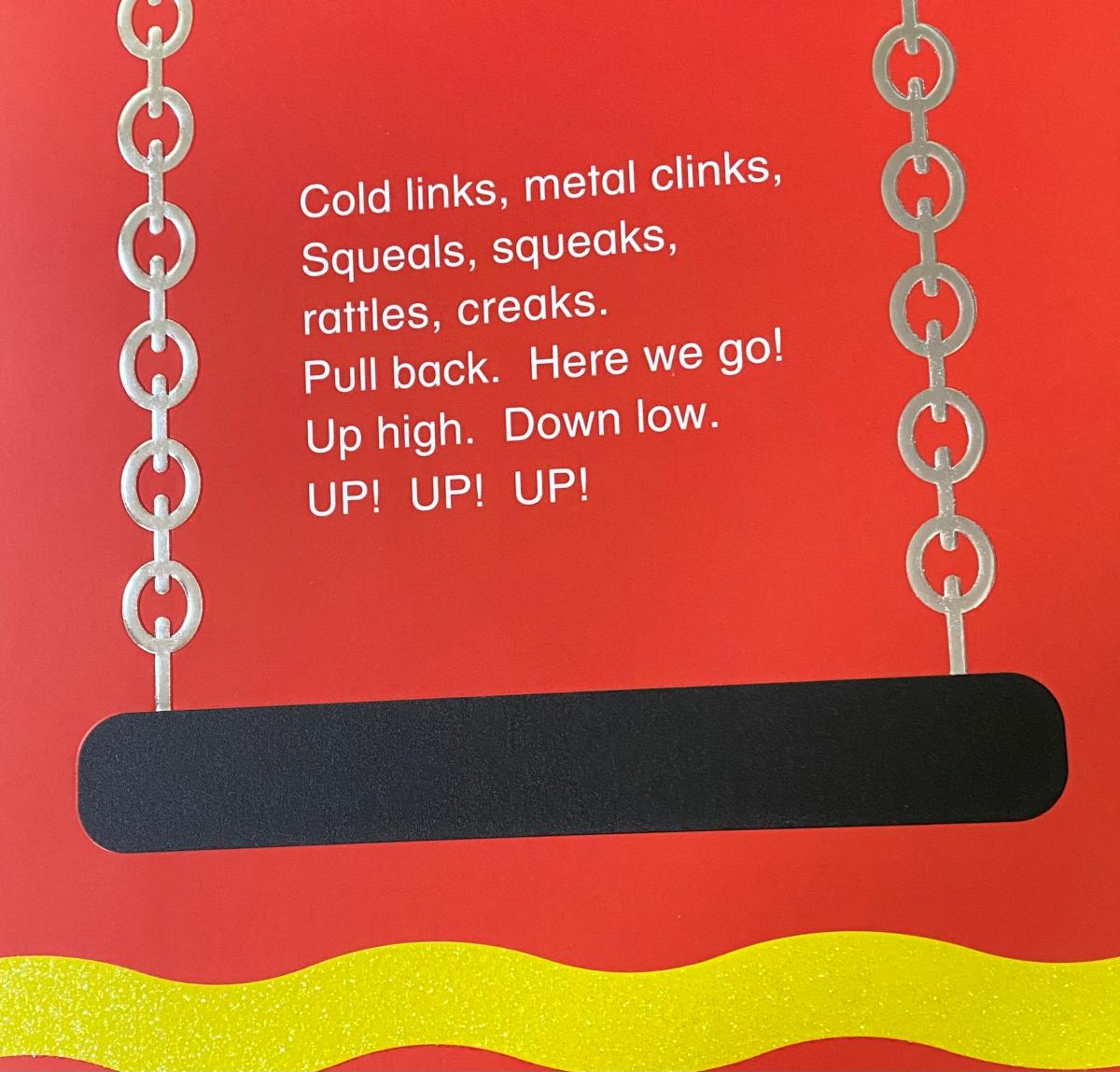
Page 6, Swing:
My student has had plenty of experience on different playgrounds with his family, and the preschool playground has set of swings very similar to this picture. Other O&M concepts that can be addressed in this picture, body positioning, legs up/legs down, and up/down. Most preschool students are not strong enough to “pump” a swing without help from an adult. For some students, the incidental learning experience of “pumping” a swing is not accessible.
Page 7-8, Slide:
Again, my student already understood the concept of a climbing up a ladder and sliding down a slide, but this page would lend itself to O&M concepts such as up/down, steps, high/low, and fast/slow.
Page 9, Tire Swing:
The preschool playground does not have a tire swing, but the park near our school does. Initially, my student thought this picture was a donut, and I quickly asked questions like, “Is a donut made from rubber?” and “Can you swing on a donut?” Of course, this was a funny conversation! I took a toy school bus with rubber wheels from one of bins in the classroom, and asked, “What do you think we could use from an actual school bus to make into a swing?” and “What other kind of swings are at the park?” The TIRE SWING!!!
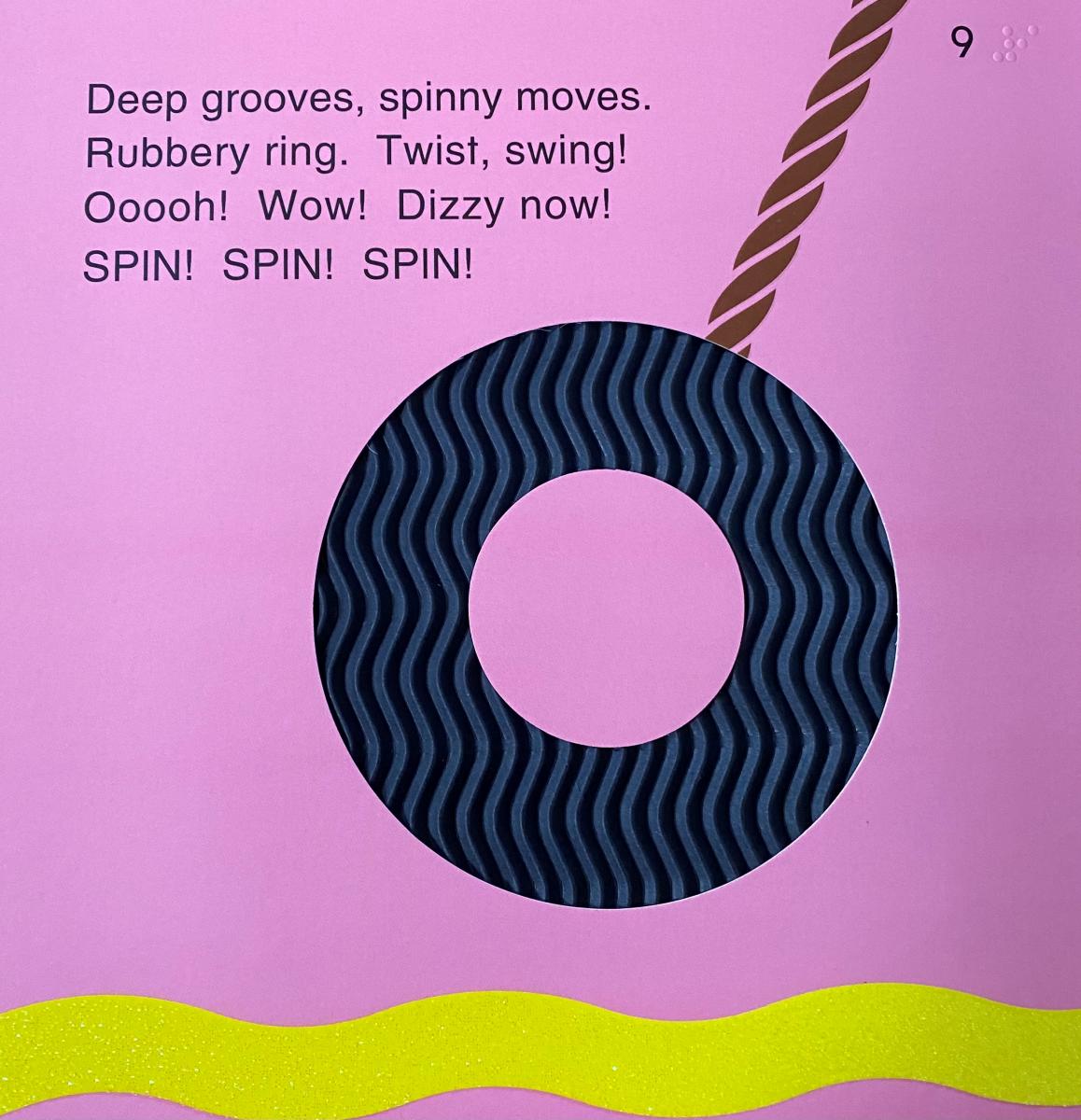
Page 10, Ice Cream Cone:
This is a favorite page that always ends in a conversation about the local ice cream shop. My student is a big fan of treats, and we’ve decided that an ice cream treat for the end of the school year would be acceptable (to both of us).
Walking Path:
There is a yellow path that runs from the front cover through the end of the book. My student and I have two walking paths that we use during the school day: one in the front of the school and one to the playground. The first day we read this book, my student made the connection that “We have the same thing going to our playground!”
Getting Ready and Off to the Beach! are books, also from Child's Play, in this series. Look for upcoming lessons from these books as well.
